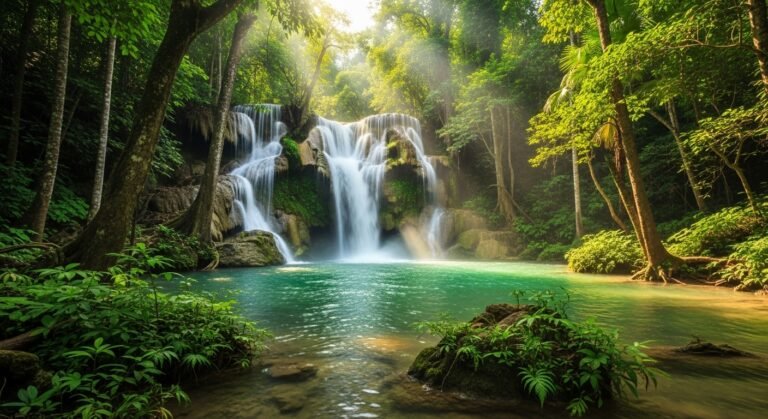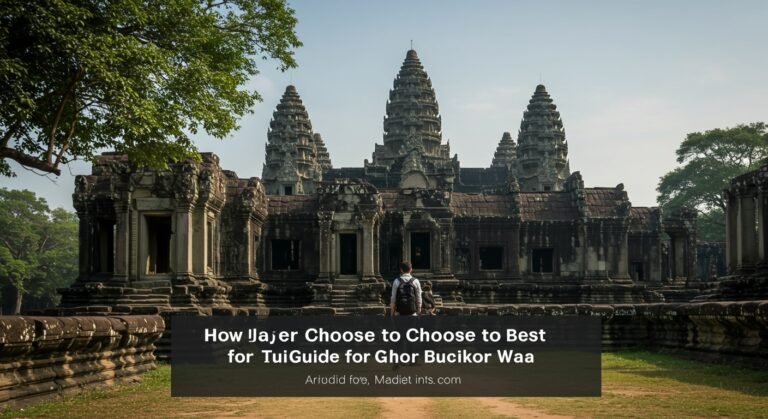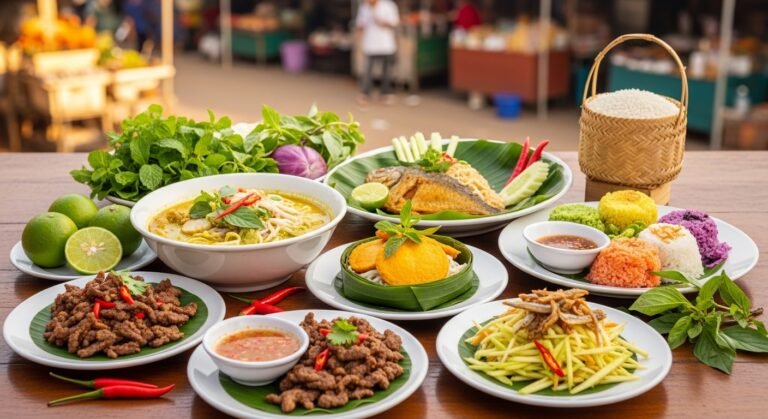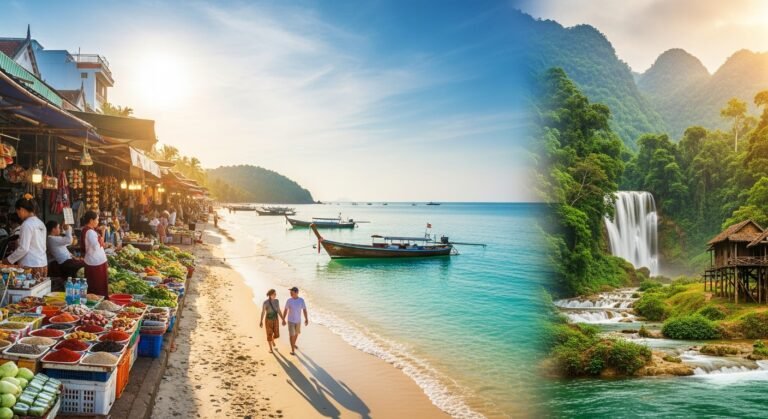Night Photography at Angkor Wat: Tips for Stunning Shots
Angkor Wat, one of the world’s most iconic temple complexes, transforms into a mesmerizing sight at night. Capturing the beauty of Angkor Wat through night photography requires the right techniques, equipment, and preparation. With fewer crowds and the temple illuminated by the moonlight and stars, night photography at Angkor Wat provides a unique perspective of this ancient wonder.
This guide will cover essential tips, the best spots for night photography, recommended camera settings, and practical advice to help you take stunning nighttime shots of Angkor Wat.
2. Why Photograph Angkor Wat at Night?
The Magic of Night Photography
- The temple under moonlight offers a serene and mystical atmosphere.
- Long-exposure photography can capture the reflection of the stars on the water.
- The lack of crowds allows for undisturbed compositions and creative framing.
Challenges of Night Photography at Angkor Wat
- Low light conditions require proper exposure settings and a tripod.
- Some areas may have limited accessibility at night due to park regulations.
- Weather conditions, such as cloud cover, can affect visibility.
3. Best Spots for Night Photography at Angkor Wat
1. Angkor Wat Reflecting Pool
- Best for star reflections and silhouette shots.
- Arrive just after sunset or during a full moon for optimal lighting.
2. Phnom Bakheng Hill
- Ideal for panoramic night views over Angkor Wat.
- The elevation allows for clear shots of the temple against the night sky.
3. Srah Srang Reservoir
- A peaceful location to capture the temple’s reflection.
- Best during long-exposure shots for a dreamlike effect.
4. Pre Rup Temple
- Perfect for golden-hour and night photography.
- The high temple towers create dramatic shadow contrasts.
4. Best Camera Settings for Night Photography at Angkor Wat
To capture the beauty of Angkor Wat at night, use the following camera settings:
Manual Camera Settings
- ISO: 800-3200 (adjust based on available light).
- Shutter Speed: 10-30 seconds (for long-exposure star photography).
- Aperture: f/2.8 – f/5.6 (to allow more light into the sensor).
- Use Manual Focus: Autofocus may struggle in low light conditions.
Equipment Recommendations
- Tripod: Essential for stability and sharp long-exposure shots.
- Remote Shutter Release: To prevent camera shake when pressing the shutter.
- Wide-Angle Lens: Ideal for capturing the vast temple complex and the night sky.
- Flashlight or Headlamp: Useful for setting up shots in dark areas.
5. Tips for Stunning Night Photography at Angkor Wat
1. Arrive Early to Scout Locations
- Visit the best photography spots before sunset to set up for night shots.
- Check moon phases and weather conditions for clear skies.
2. Experiment with Long Exposure Techniques
- Try light painting with a small flashlight to highlight temple details.
- Use bulb mode for star trails and deep night sky captures.
3. Use a Low ISO for Crisp Images
- While a high ISO captures more light, it can introduce noise.
- ISO 800-1600 is usually ideal for balancing brightness and sharpness.
4. Post-Processing for the Best Results
- Use Adobe Lightroom or Photoshop to adjust brightness and contrast.
- Reduce noise in low-light images using noise reduction tools.
- Enhance the color tones to bring out the natural night hues of Angkor Wat.
6. Best Time to Capture Night Photos at Angkor Wat
| Time | Photography Conditions |
|---|---|
| Full Moon Nights | Best for soft natural lighting on the temple. |
| Golden Hour (Before Sunset) | Ideal for setting up your camera settings. |
| Blue Hour (Twilight After Sunset) | Produces deep blue skies and temple contrast. |
| New Moon Nights | Best for astrophotography and Milky Way shots. |
7. External Resources for Night Photography Enthusiasts
For more information and photography tips, check out these resources:
- Angkor Park Regulations & Access: Apsara Authority
- Night Sky Forecast & Weather Updates: World Weather Online – Siem Reap
- Photography Gear & Reviews: Digital Photography Review
8. Conclusion
Capturing Angkor Wat at night is a unique experience that allows photographers to explore a different side of this ancient wonder. Whether you’re photographing star trails, temple silhouettes, or water reflections, the right preparation and techniques will help you achieve stunning results.
Have you taken a night photo of Angkor Wat? Share your best shots and experiences in the comments below!







